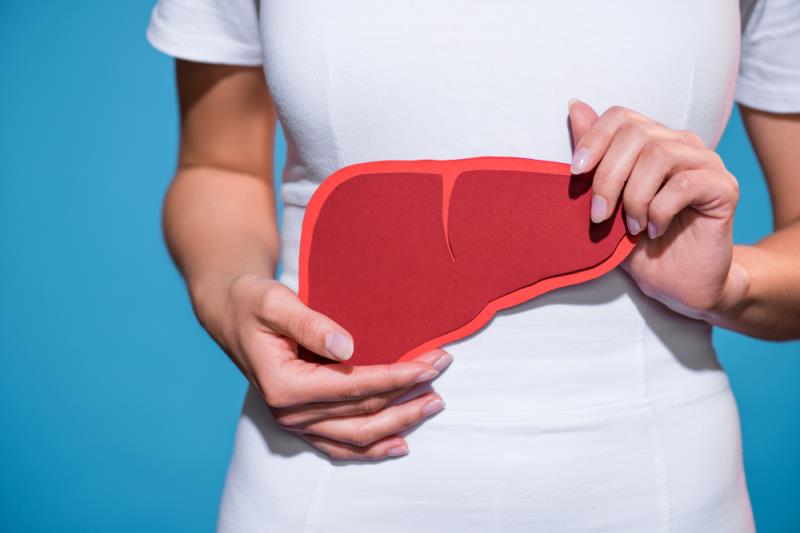
Nivolumab, used in the first-line treatment of patients with advanced hepatocellular carcinoma (HCC), has demonstrated clinically meaningful improvements in overall survival (OS) and response rates vs sorafenib in the phase III CheckMate 459 study, although the improvement in OS did not reach statistical significance.
In the study, 743 patients with advanced HCC were randomized to receive first-line systemic therapy with nivolumab (240 mg intravenously Q2W; n=371) or sorafenib (400 mg orally BID; n=372). After a minimum follow-up of 22.8 months, median OS was 16.4 months in the nivolumab arm vs 14.7 months in the sorafenib arm (hazard ratio [HR], 0.85; 95 percent confidence interval [CI], 0.72 to 1.02; p=0.0752). [Yau T, et al, ESMO 2019, abstract LBA38_PR]
At 12 months and 24 months, OS rates were 59.7 percent vs 55.1 percent and 36.8 percent vs 33.1 percent for nivolumab vs sorafenib, respectively.
“Although the difference in OS between the two groups did not meet the predefined threshold for statistical significance, the primary analysis demonstrated a clinically meaningful OS benefit,” said study author Dr Thomas Yau of the University of Hong Kong, Hong Kong. “Clinical benefit was observed across predefined subgroups of patients, including those with hepatitis infection and those with vascular invasion and/or extrahepatic spread.”
“This benefit is particularly impactful considering the high frequency of subsequent use of systemic therapy, including immunotherapy, in the sorafenib arm,” Yau added. “Thirty-eight percent of patients in the nivolumab arm and 46 percent of patients in the sorafenib arm received subsequent therapy.”
Progression-free survival (PFS) was similar between the nivolumab and sorafenib groups, at a median of 3.7 months and 3.8 months, respectively.
Objective response rate (ORR) doubled with nivolumab vs sorafenib (15 percent vs 7 percent). Complete response was achieved in 4 percent of patients in the nivolumab arm vs 1 percent of those in the sorafenib arm, while partial response was achieved in 12 percent vs 6 percent of the patients.
In patients with high PD-L1 expression (PD-L1 ≥1 percent), ORR was 28 percent for those treated with nivolumab vs 9 percent for those treated with sorafenib. Corresponding ORRs for those with PD-L1 <1 percent were 12 percent vs 7 percent.
“Patient-reported findings suggested that patients in the nivolumab arm experienced better quality of life,” said Yau.
In the study, the safety profile of nivolumab was favourable and consistent with previous reports. Grade 3/4 treatment-related adverse events (TRAEs) were reported in 22 percent of patients in the nivolumab arm vs 49 percent of those in the sorafenib arm. These TRAEs led to treatment discontinuation in 4 percent vs 8 percent of the patients.
“The results of CheckMate 459 are unlikely to change the current standard of care for patients with advanced HCC, as the study did not meet the predefined threshold of statistical significance for the primary endpoint of OS,” commented Dr Angel Lamarca of the Christie NHS Foundation Trust, Manchester UK. “However, it is becoming more apparent that immunotherapy could have a role in the first-line treatment of advanced. HCC.
“The differences in response rates between the two arms are clinically meaningful. The results suggest that high PD-L1 expression has a potential role as a predictive biomarker for nivolumab,” she added.